Galicia, Spain – where Celtic mysticism meets Christian faith, and those walking the caminos find themselves indulging in luxury, historic stays and Michelin star cuisine. Join us in exploring this unique and most appealing European province.
Galicia: A Spanish Province With an Unusual History
The drone of a bagpipe fills the air in the archway leading to the Praza do Obradoiro, the largest square in Santiago de Compostela. This young piper is a reminder that while we might be in Spain, this is Galicia, the Celtic northwestern region of this country.
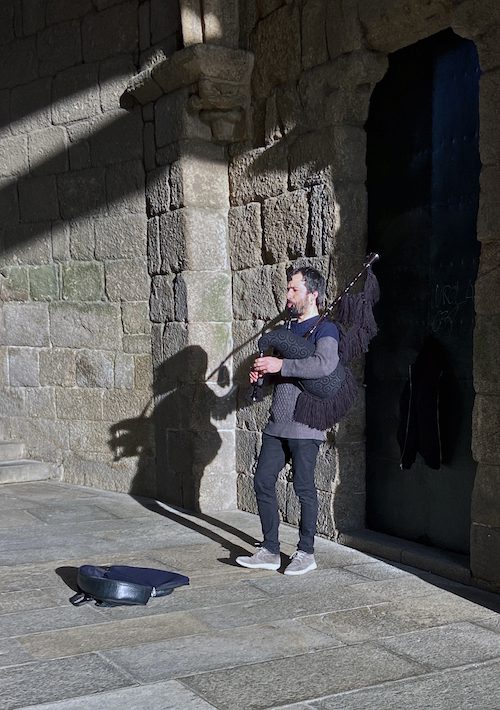
Galicia’s Celtic History
Those Celtic roots are strong. Galicia boasts 9000 registered bagpipers who play the gaita, the Galician version of the instrument. Here, Celtic place-names, hill forts with circular houses, and large stone dolmens like those found in Ireland marking ancient burial sites, all point to these roots. The dances of this region bring to mind Irish step dancing; and stories, rituals and superstitions are remarkably similar to those in Ireland and other Celtic nations.
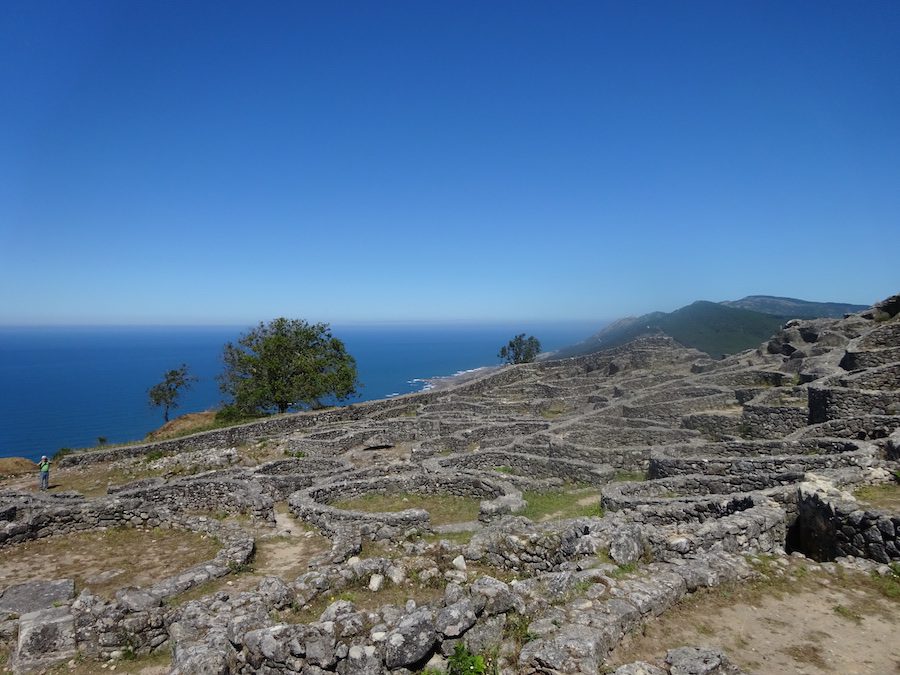
The Romans, who first conquered Galicia in the 1st and 2nd centuries, were wary of its superstitious inhabitants. This is, after all, a place where still today, witches are ubiquitous. Signs for everything from fine restaurants to bookstores and clothing boutiques feature witches. And souvenir shops sell witch fridge magnets, dolls, and even hollow figures into which one can place a wish. “Galicia is known as Terra de Meigas, Land of the Witches,” explains the Galician guide, Ana Rodalvgo. “But for us, witches are healers. They bring good luck.”
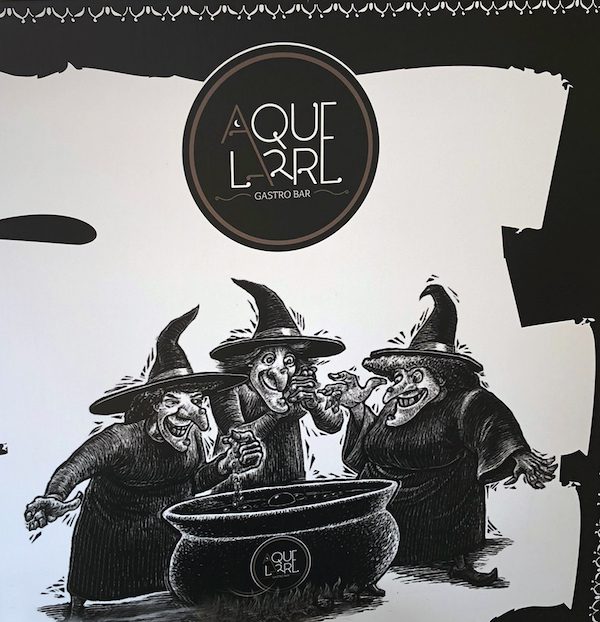
Akin to the female healers found in many cultures, most families have a beloved meiga who is consulted when there is illness or when things are going wrong. She is welcomed at weddings and celebrations where she might brew a queimada, a traditional Galician punch of Orujo (a local liqueur), coffee beans, cinnamon and lots of sugar. This is set afire while she recites an invocation to ward off evil spirits and welcome good fortune.
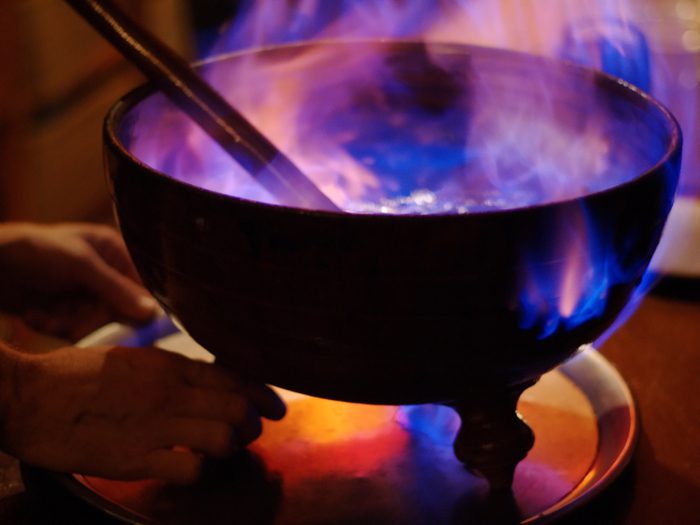
Even in Santiago de Compostela, a city dedicated to St. James, one of Jesus’ apostles, an elaborate public quiemada is performed on Samhain (Halloween), as well as on Noche de San Juan, also known locally as Witches Night, as this coincides with the summer solstice.
Galicia’s Christian History
Despite the persistence of Celtic mythology, Galicia is home to one of the largest concentrations of medieval churches and monasteries in Europe. This extraordinary blend of Celtic mysticism and Christian faith makes Santiago de Compostela a fascinating destination for the thousands of pilgrims who annually walk one of nine roads or caminos to arrive here.
Pilgrims following the Camino de Santiago
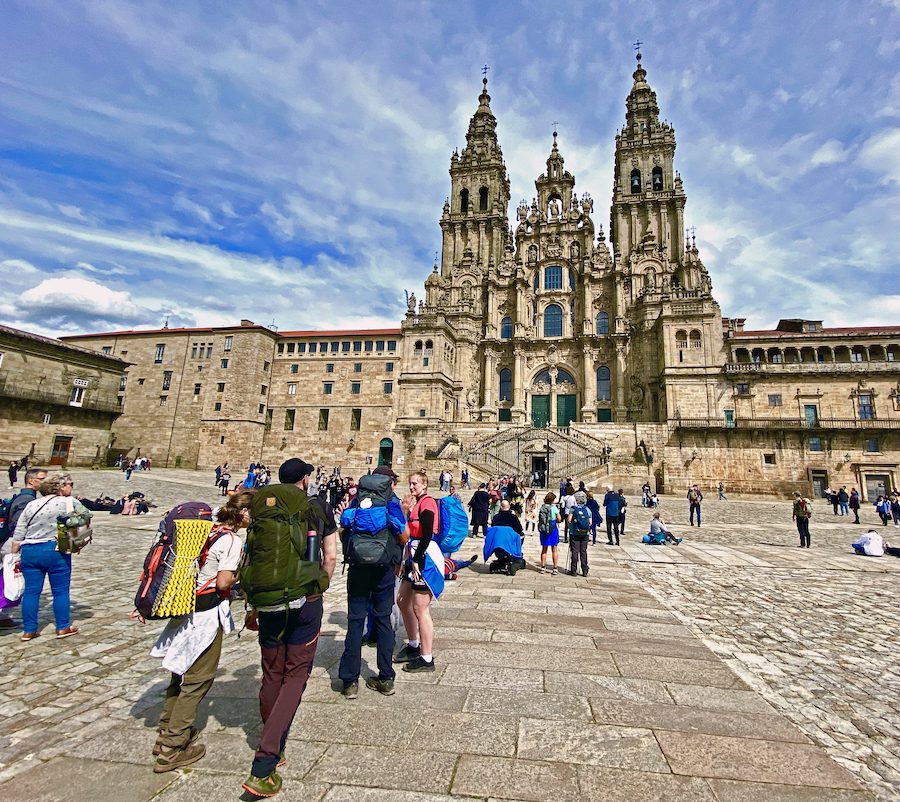
In 2022, more than 437,000 pilgrims followed the scallop shell symbols embedded along these nine routes of the Camino de Santiago covering hundreds of kilometres. The starting point might be in France, or Portugal, or Spain, but all roads end here at this great central square, in which stands the Santiago de Compostela Archcathedral Basilica (Cathedral of St. James the Apostle). His bones are said to be in the ornate silver chest inside the church.
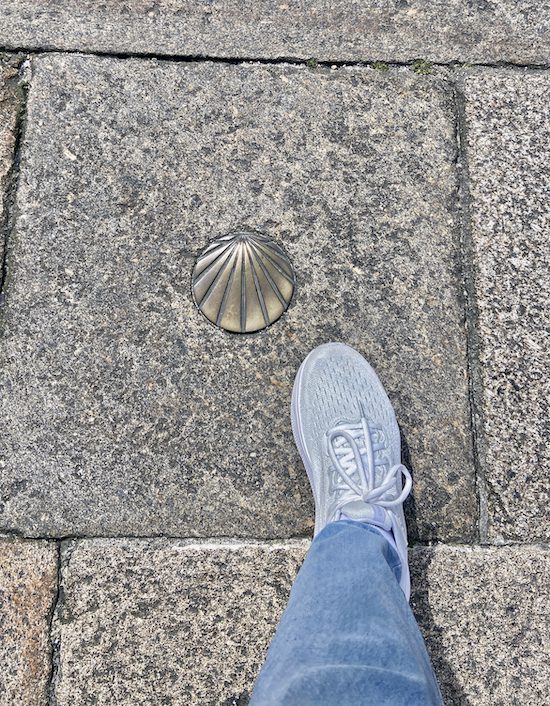
Jose Munera of Spain arrives with two friends, walking stick in hand, and a smile on his face. They have been walking for weeks. But why make this pilgrimage? “It was a spiritual journey,” he says simply. When asked if he is a religious man, he replies, “Not at all. It’s not about religion.” He goes on to describe a fellow pilgrim who rose early every morning to attend the ritual mass before that day’s walk. “Actually he is an atheist,” he says with a smile. “For him too, it is a spiritual experience.”
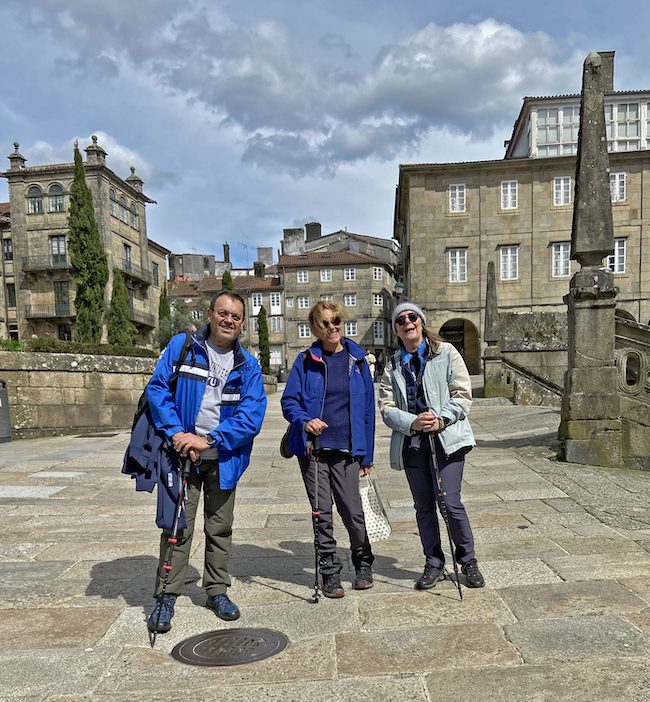
Though they walked the 790 kilometres of the camino from France, Canadians Peter Snell and his wife, Carol Snell, also claim no religious affiliation. Indeed, Carol describes herself as a lapsed Catholic. Peter, who has also walked the Appalachian Trail, explains, “I just like walking. When you walk, you feel like you’re part of the world, connected to it. That’s the spiritual experience.” But, he adds, “I did go to the morning mass a few times, and we attended the mass in Santiago de Compostela at the end. I found them very moving.”
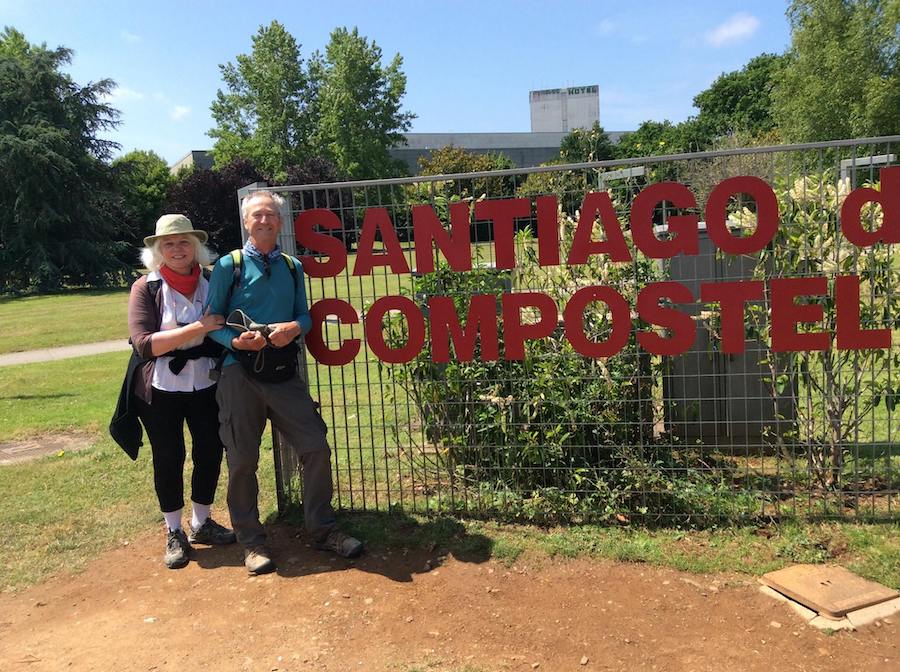
For both Snells, a significant positive in their long trek was meeting people from all over the world. Staying at the albergues or hostels for pilgrims en route, they would frequently cross paths with some of the same people. According to Carol, they all have one thing in common, and it’s not religion. “If I were to make a sculpture of a pilgrim, it would be a figure sitting and looking after their feet,” she laughs. “We all became obsessed with feet!”
While I ask many, I find no one who claims this as a true pilgrimage based on faith. Two Californians from San Jose, Jennifer Gregg and Julia Willsie, have just completed the camino along with five friends. Theirs was a birthday celebration. “When we all turned forty, we went to Macchu Pichu,” says Jennifer. “For our fiftieth birthdays we decided to walk the camino.”
Monasteries turned Luxury Hotels
In celebration of their achievement, the group is staying in the Hostal de los Reyes Catolicos, founded in 1499 by Spanish monarchs Ferdinand and Isabella. This devout pair, who sent Columbus on his way to find the New World, wanted to provide a hostelry for pilgrims arriving in Santiago de Compostela. Today it’s the world’s oldest continuously operating hotel, but is now an elegant member of Paradores, a unique chain of 98 high end hotels created in by the Spanish government as a means of preserving Spain’s historic past. Additionally, visitors can also book a historic tour of Hostal de los Reyes Catolicos.
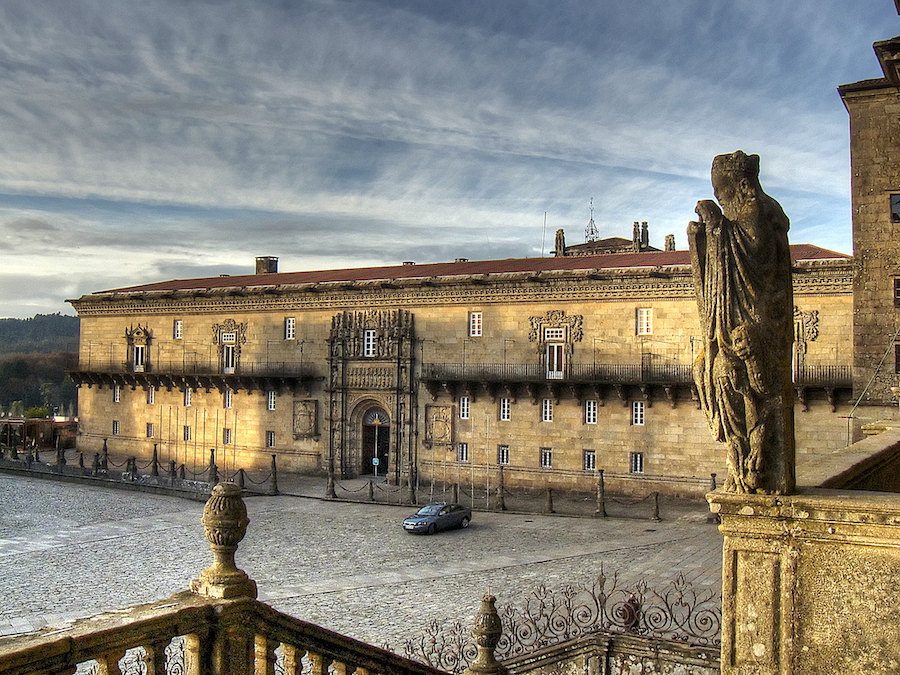
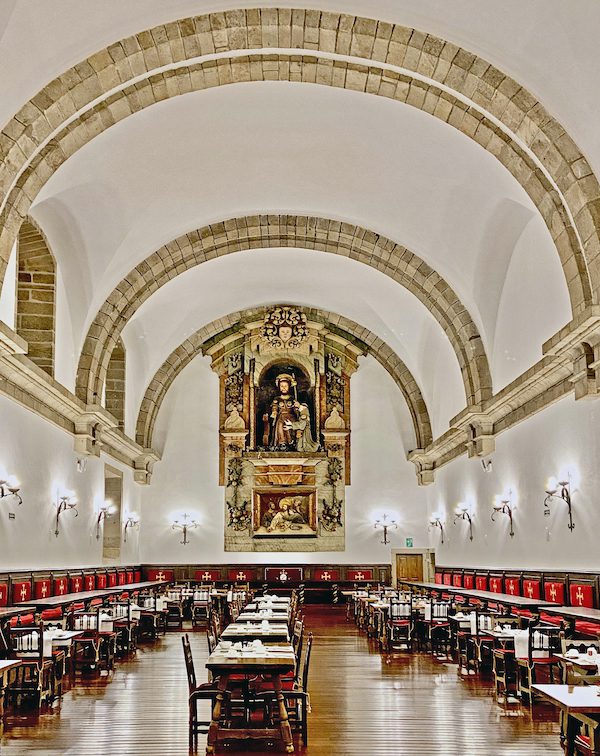
After staying in very rustic accommodation en route, it’s perhaps not surprising that many pilgrims opt for the luxury of this property, or the nearby San Francisco Hotel Monumento, a lavish conversion of an 800 year old monastery. The image here is of the breakfast room alone at San Francisco Hotel Monumento.
Indeed, having completed the arduous walk with basic food en route, there seems to be a significant demand for fine cuisine at the end of their journey. Amazingly, Santiago de Compostela, a city of less than 100,000 residents, boasts 21 Michelin starred restaurants, where chefs like Kike Pineiro at A Horta do Obradoiro offer superb cuisine.
Ribeira Sacra: Where Monasteries meets Nature’s Cathedral
This city might be the end of the road for camino pilgrims, but Galicia has much more to offer. Southwards lies the Ribeira Sacra (Sacred Shore), a new candidate for UNESCO world heritage status, mainly because of the extraordinary number of monasteries in this small region. Though very old, most are remarkably well preserved, but no longer house religious communities.
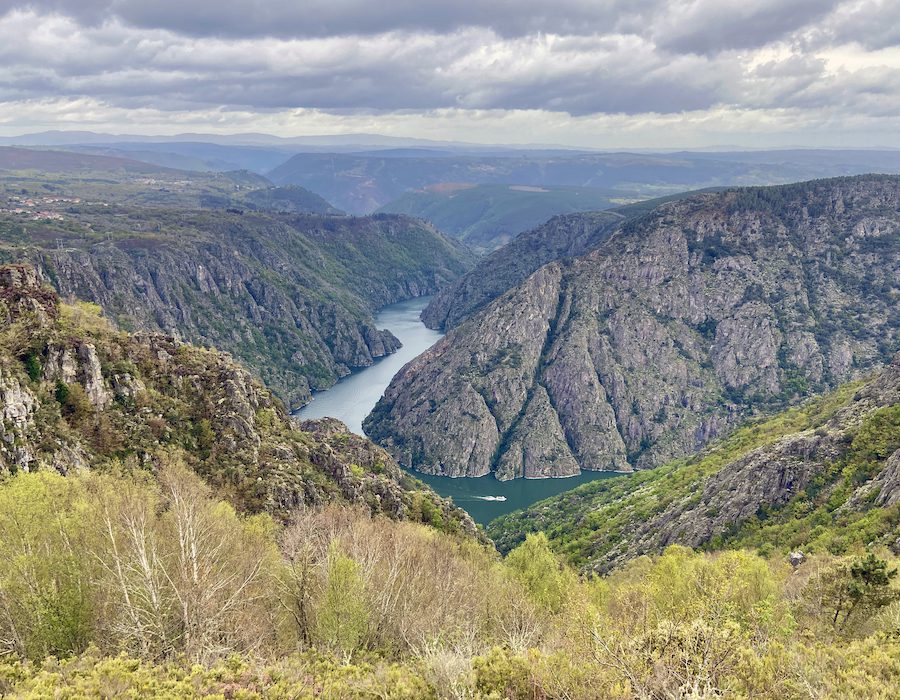
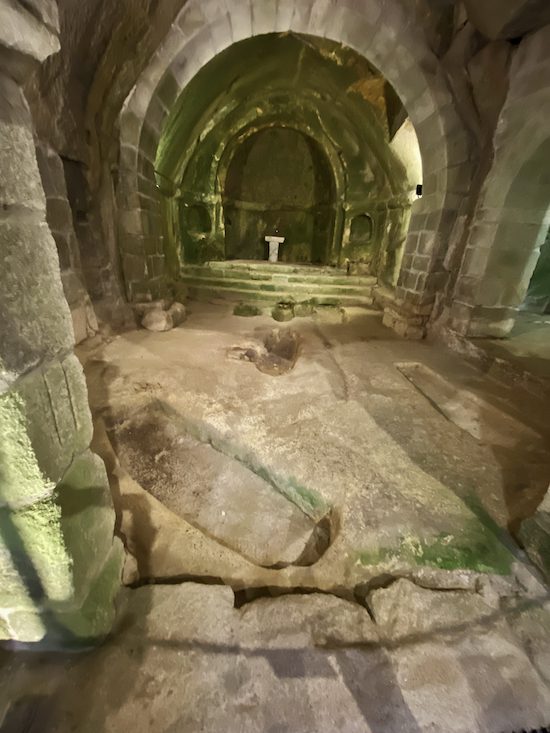
The monastery of San Pedro de Rocas near Ourense probably began as early as the 6th Century, with monks living in three caves dug into the mountainside. It was later expanded outwards, and in the 12th century, a church was added. In its stone floor, and outside, beside the church, graves have been carved out of the rock in slightly eerie sarcophagus shapes. In these peaceful surroundings, these ancient buildings seem to melt into the landscape with remarkable homogeneity.
The monastery complex includes the Ribeira Sacra Interpretation Centre, a fascinating exhibition of the monastic life and the trades which supported community life in this region.
A short drive from here stands the 10th century Santo Estevo de Ribas de Sil Monastery, now one of the most luxurious of the Paradores. Once home to Benedictine monks, there’s a real sense of decadence in being able to switch off an electric light and sink into slumber in a sumptuous bedroom fashioned from what were once their cells. The evolution of Romanesque, Gothic and Renaissance architecture of the monastery buildings, has been carefully preserved. And the location – overlooking the River Sil as it carves its way through canyons below – is breathtaking.
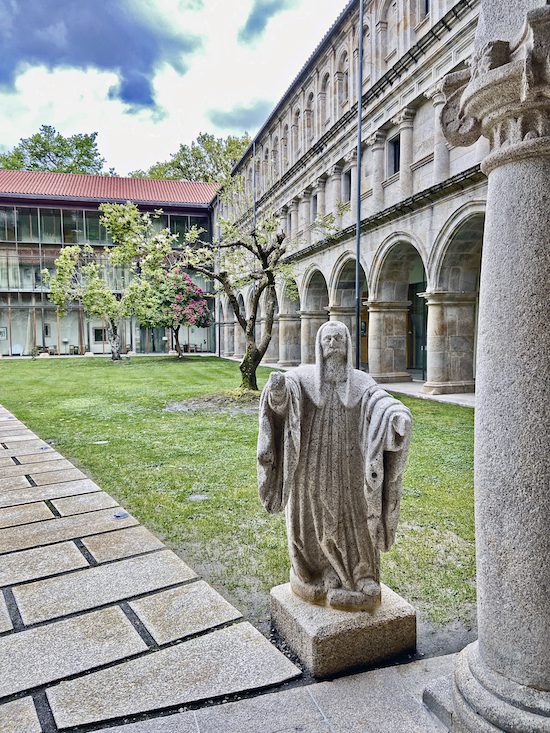
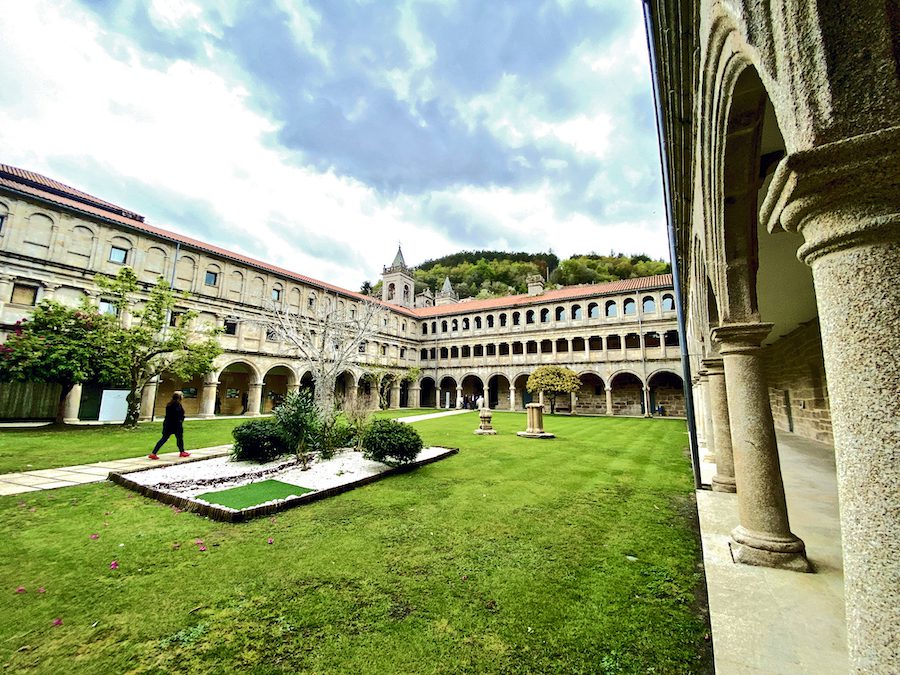
A boat trip through the deep gorges of this winding river offers spectacular views, and another good reason to visit this area. The Ribeira Sacra is famous for its fine wines made from Mencía, Albariño and Godello grapes grown on the steep slopes of the Sil and Miño rivers. These remarkable terraces, visible from the boat, were first planted by the Romans and their distinctive varietals were granted official Denominación de Origen (DO) status in 1996. Local chefs, like Michelin starred Iñaki Bretal at Restaurante O Eirado in the magnificent medieval city of Pontevedra, incorporate these wines into their menus.
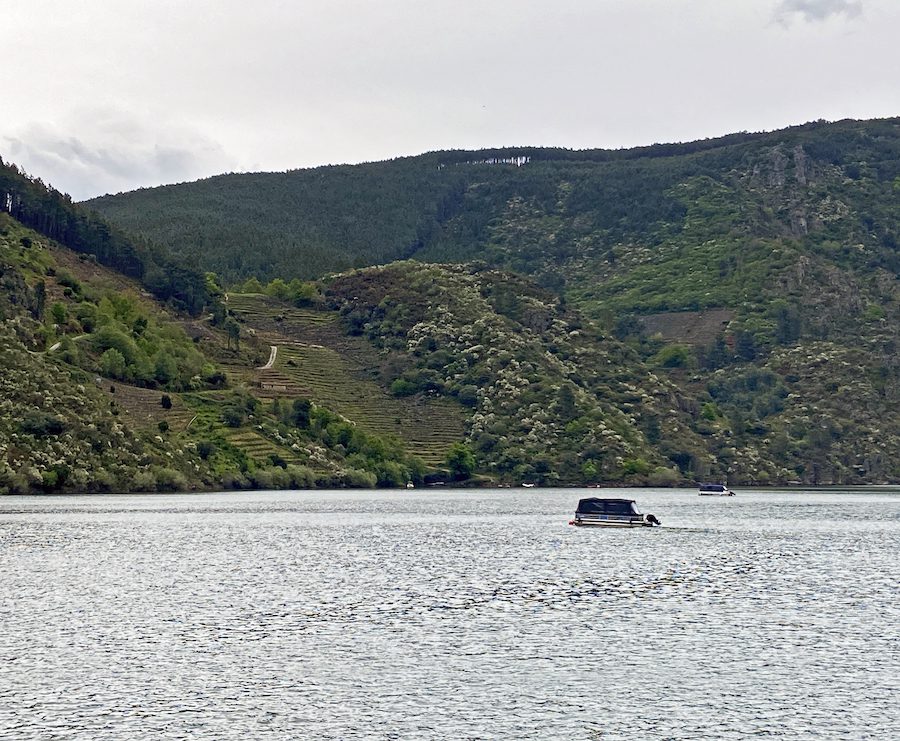
Columbus Returns to Spain
Galicia has another claim to fame. The city of Baiona was the first place to hear the news of Columbus discovery of America. La Pinta was the only of the three ships which managed to stay on course for Spain, arriving on March 1, 1493 to spread the news. Columbus himself didn’t make landfall until March 4, 1493, when he landed in Portugal. A replica of La Pinta sits proudly in the harbour in Baiona, and every year on March 1st, the Festa da arribada (Arrival Fiesta) recreates the Renaissance period on the town’s cobbled streets, and celebrates ancient Galician traditions.
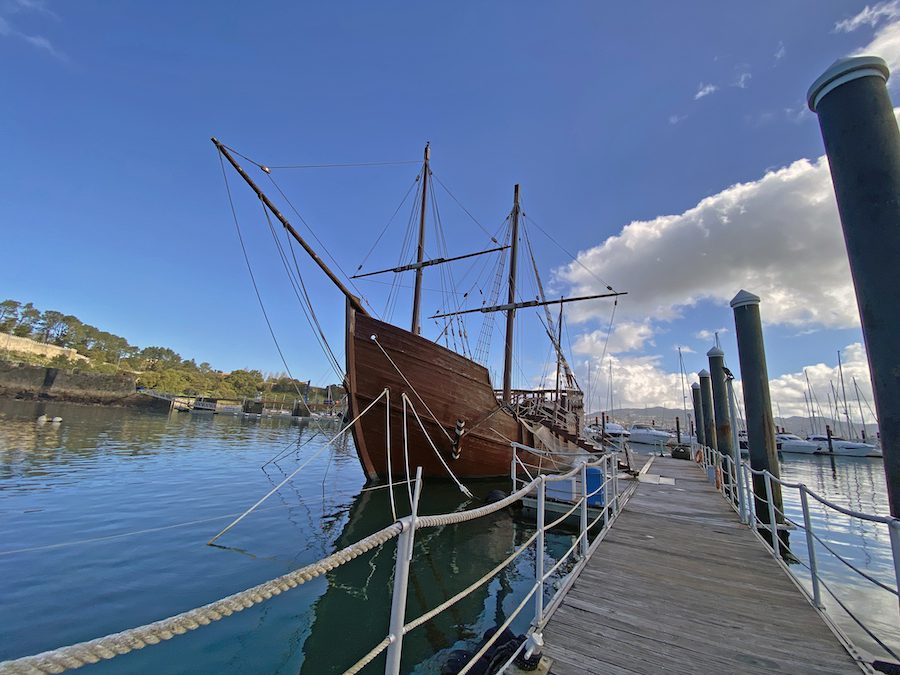
This region of Spain, with its twin devotions to Christian faith and Celtic mysticism, is unique and very appealing. Where else could one find a sign featuring a witch just a few yards from a horreo – a granary – with a protective cross on its roof? Actually, the oldest horreos had a cross at one end and a phallic-shaped fertility symbol at the other; today, that symbol has been mostly replaced with a pyramid. Uncovering quirky finds such as these make each new place intriguing. And if all this isn’t enough, Galicia is celebrated for its superb cuisine employing the ocean’s bounty. This is a part of Spain that simply begs to be explored.
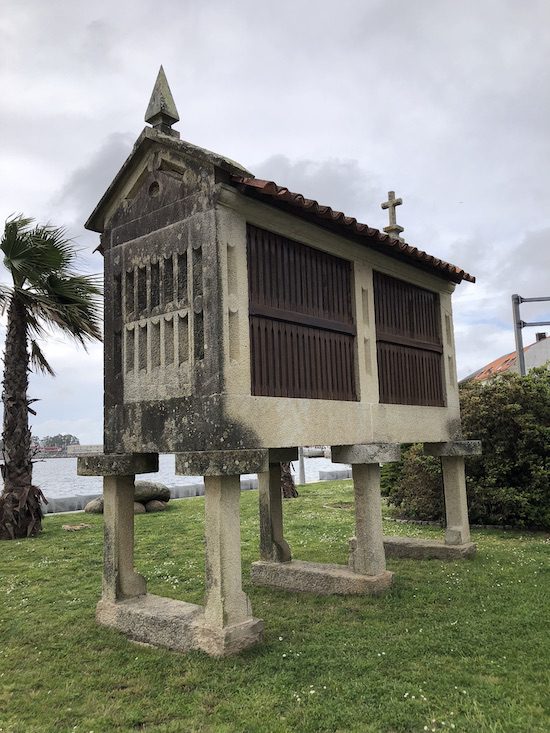
Galicia, Spain Accommodations Map
Planning a visit to Galicia, Spain? Check out this interactive map to different accommodations available in Galicia.
Disclaimer: There are affiliate links in this post. If you make a purchase after clicking on one of these links, we may receive a small commission at no extra cost to you. This commission contributes to paying our writers for their storytelling. We only post links to things that we ourselves have tried.
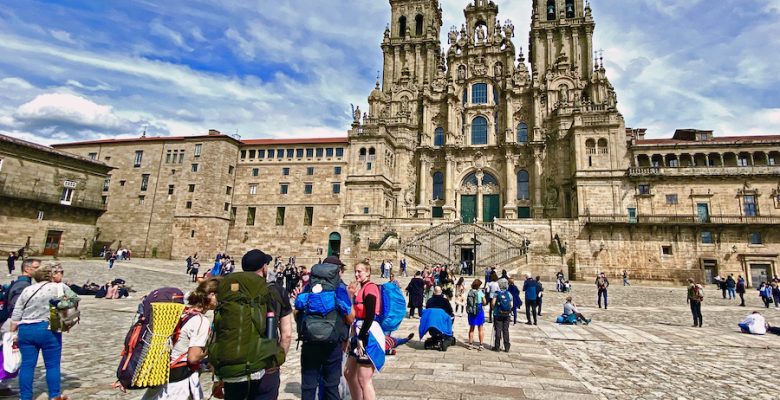
Land of the Witches – been there ?? Boat tour looks exciting!
Thanks for bringing to those sweet memories.